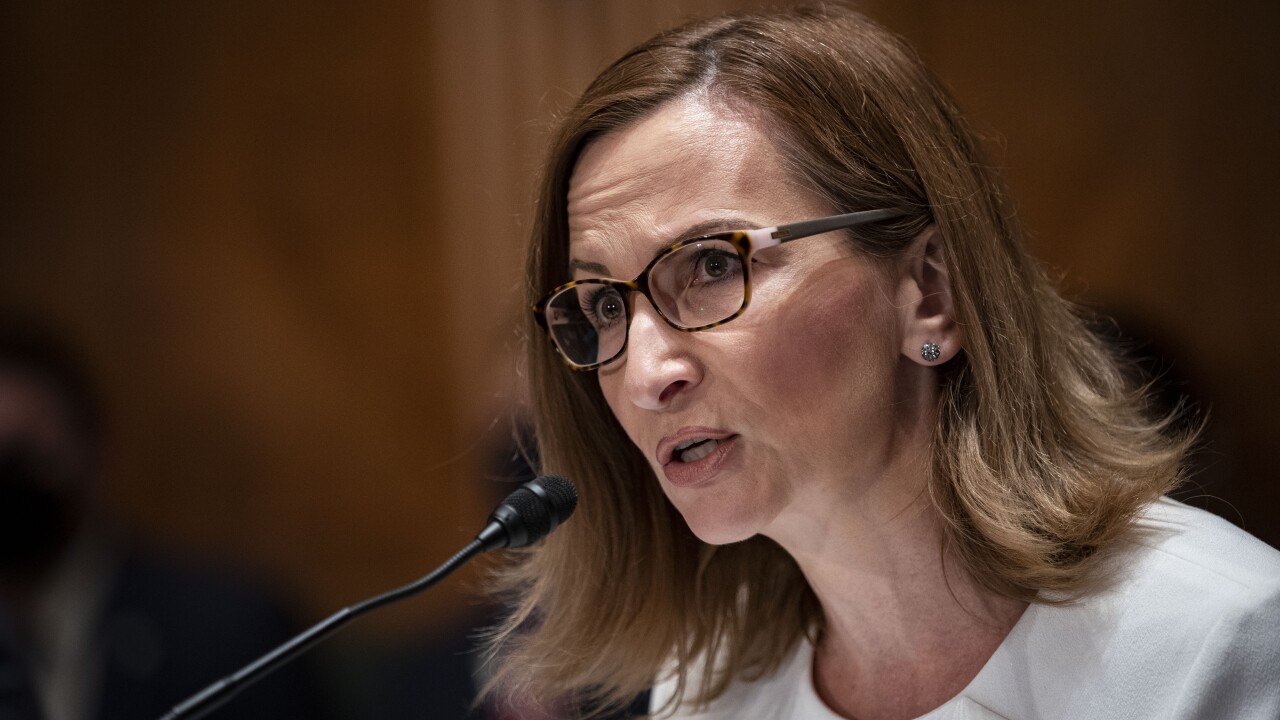This week, the House Committee on Financial Services will consider the Overdraft Protection Act, legislation first introduced more than a decade ago that would restrict access to overdraft — a bank product millions of hardworking Americans knowingly use and value.
Since that time, society and our economy have changed dramatically, from how we shop (Amazon Prime) to how we get from one meeting to the next (Uber). Banking has been no exception — from mobile deposits to the advent of artificial intelligence-enabled financial assistants. Unfortunately, the same cannot be said for the legislation, which has not changed once since 2009 to reflect the realities consumers face today.

When it comes to overdraft, here’s what’s happened since 2009 and why lawmakers should oppose this legislation:
Driven by a desire to meet evolving consumer demand and thrive amidst an increasingly competitive marketplace, a growing share of America’s leading banks have unveiled innovative overdraft solutions designed to expand choice, strengthen transparency and lower costs. These features, which have been introduced without legislative or regulatory intervention, include real-time payment updates, grace periods, posting alerts and no-fee overdraft accounts, among many others.
Just last week, Truist
Further, recent changes to the law require overdraft to be an opt-in product with clear disclosures, allowing consumers to choose the product that best meets their needs before an account is opened.
These reforms translate to meaningful savings for hardworking families, which is especially important given ongoing economic headwinds facing Main Streets across America.
According to
Even the industry’s most vocal watchdogs recognize the work of our member banks to meet customers’ evolving needs with more choice and greater access to a more affordable overdraft product. The Consumer Financial Protection Bureau last week conceded
Similarly, at a Senate Banking Subcommittee hearing examining the overdraft marketplace in May, Sen. Raphael Warnock, D-Ga.,
And the results at individual banks speak for themselves. Since PNC launched Low Cash Mode in 2021,
Why are banks working to lower costs while simultaneously protecting access? Because there is a need. A
In fact, even as overdraft use has
Further limiting access to overdraft, as this bill would assuredly do, only pushes Americans to meet their needs through less desirable and higher costs venues outside of the highly regulated banking industry.
Since 2009, the Overdraft Protection Act has never received a vote before the full Congress and has been subject to bipartisan opposition from lawmakers who understand the ramifications this legislation would have in the lives of their most vulnerable constituents. For banks, developing new overdraft innovations is not just good business, it aligns with their fundamental mission of meeting consumer demand and helping customers purchase a product or service in their time of need.
This week, lawmakers should reject this legislation once and for all and recognize the role that this product plays in meeting millions of consumers’ short-term financing needs. America’s consumer banking industry continues to innovate to better serve customers’ needs and has implemented many of the overdraft reforms proposed more than a decade ago.
Rather than stick to outdated legislation and talking points, Congress should encourage more of this innovation.






